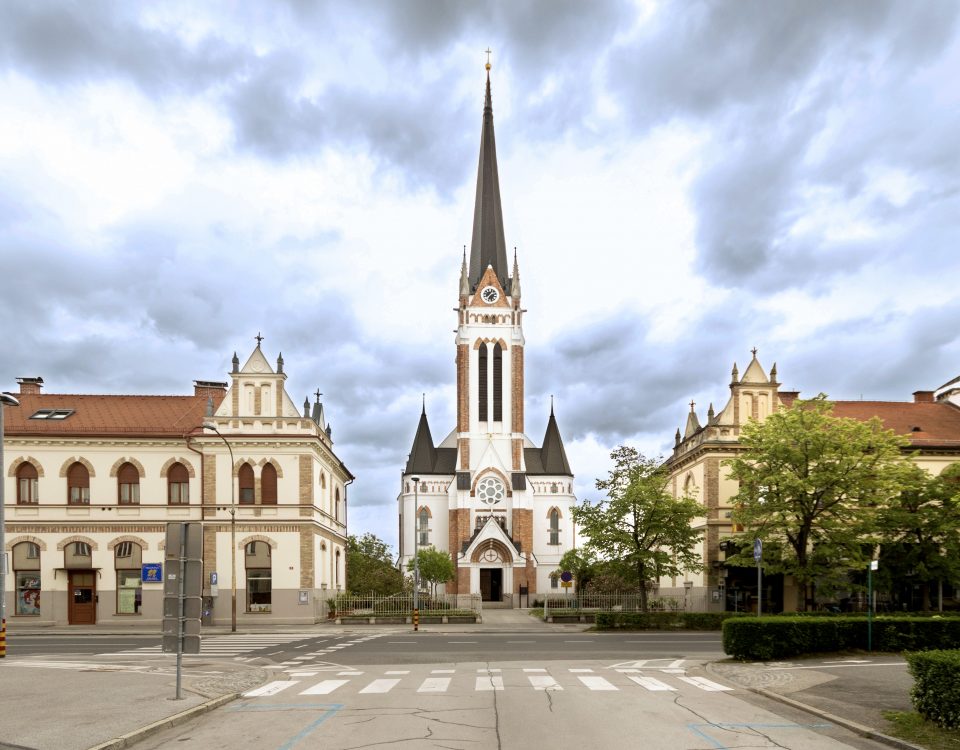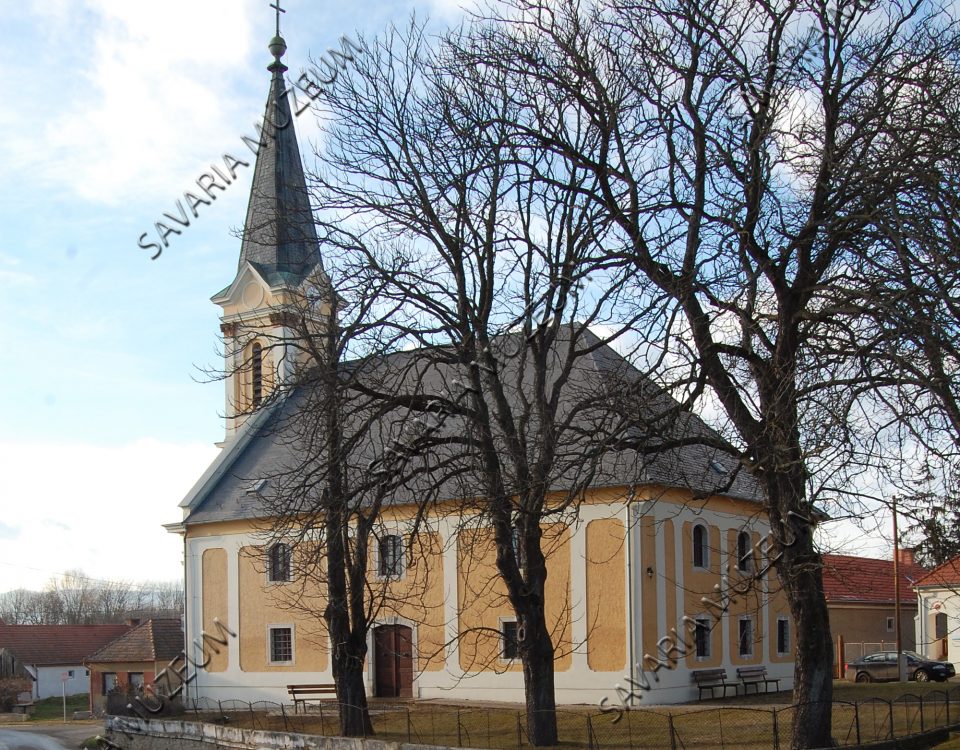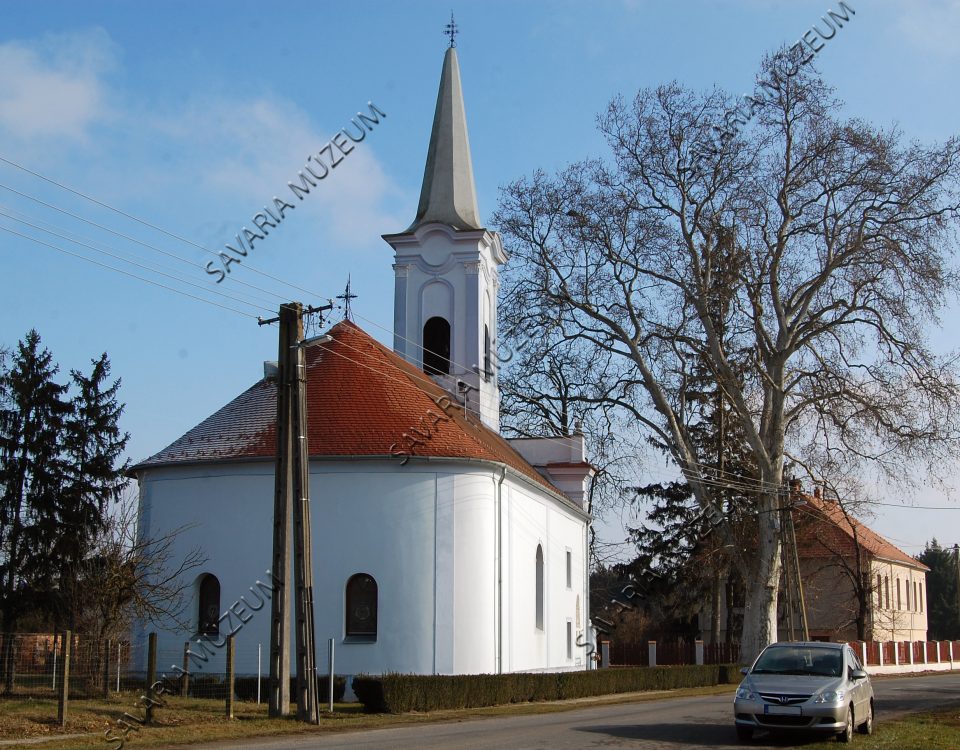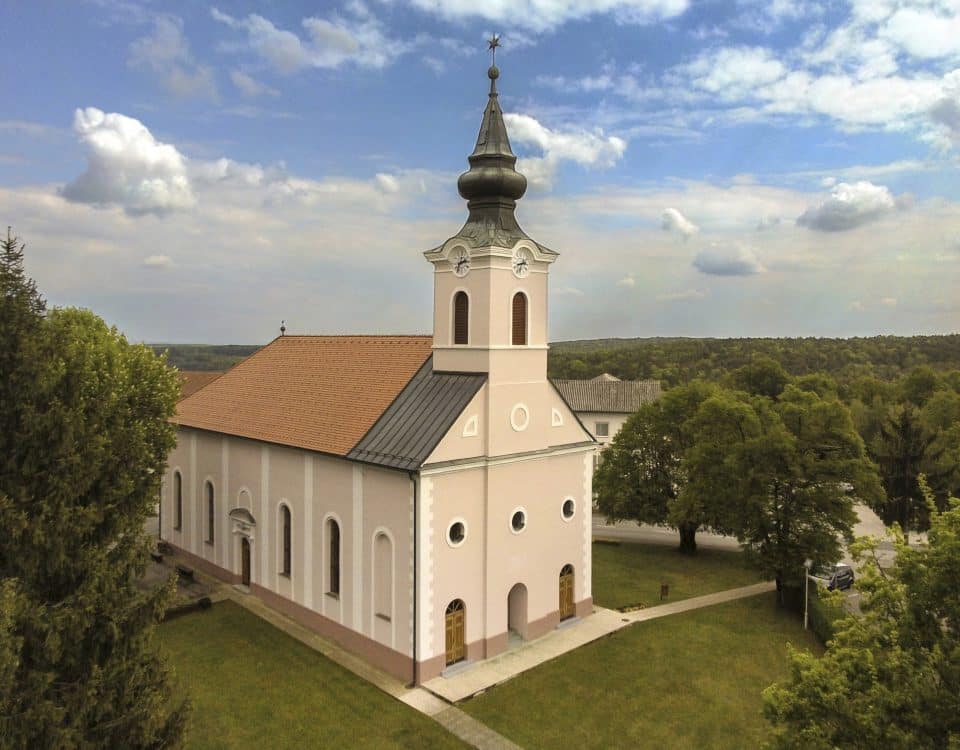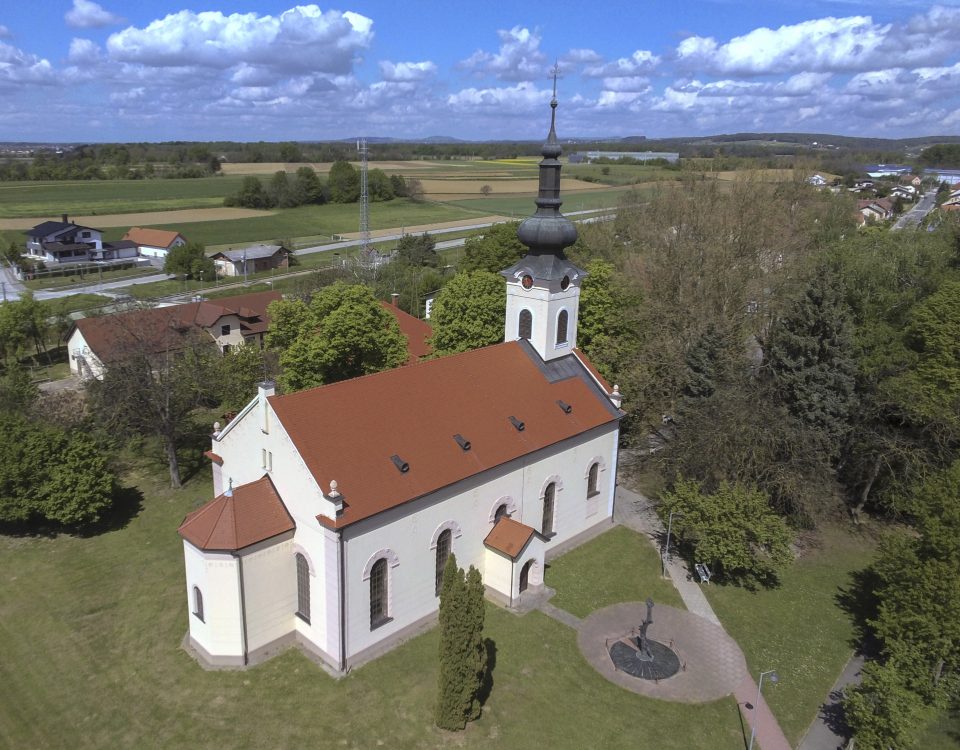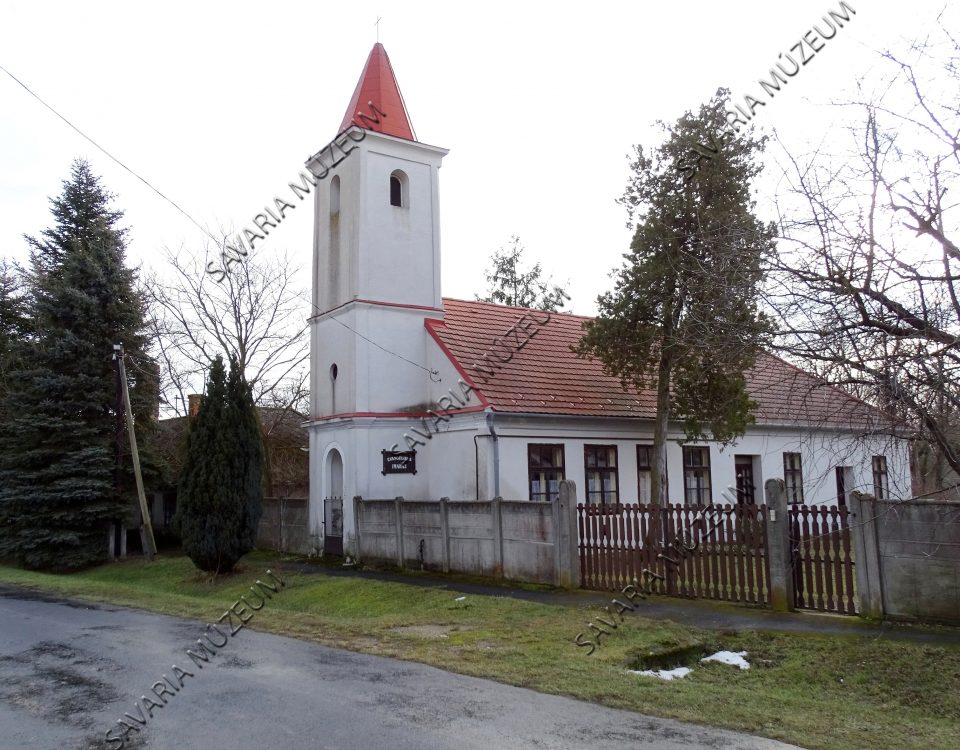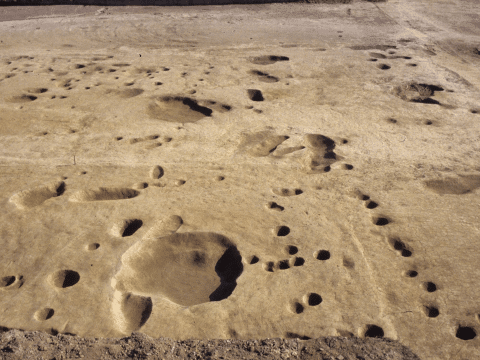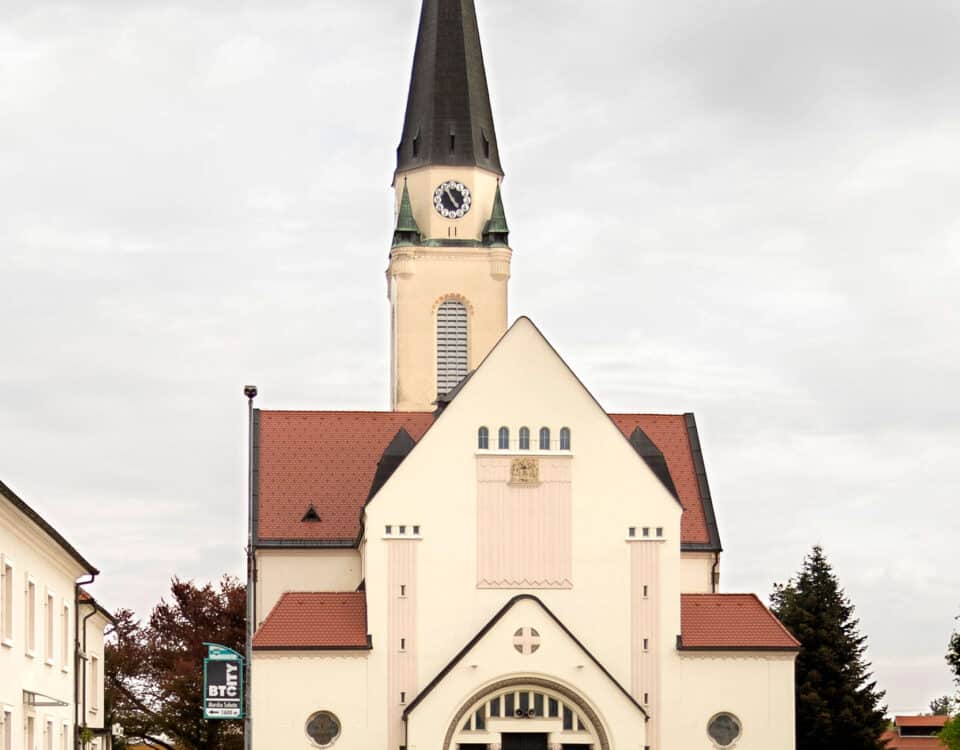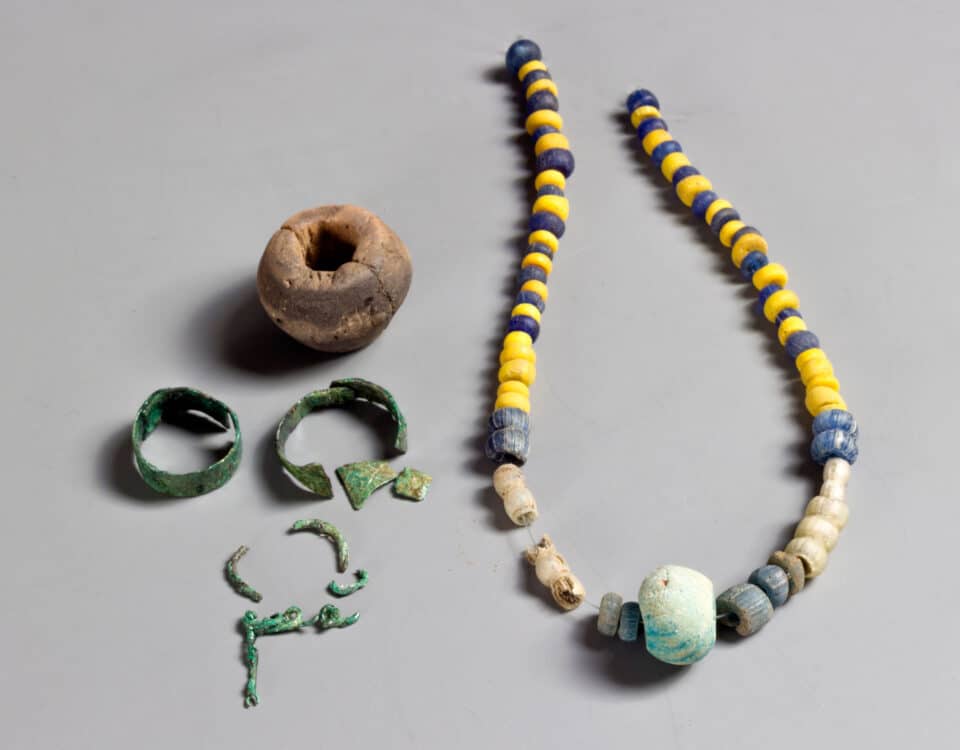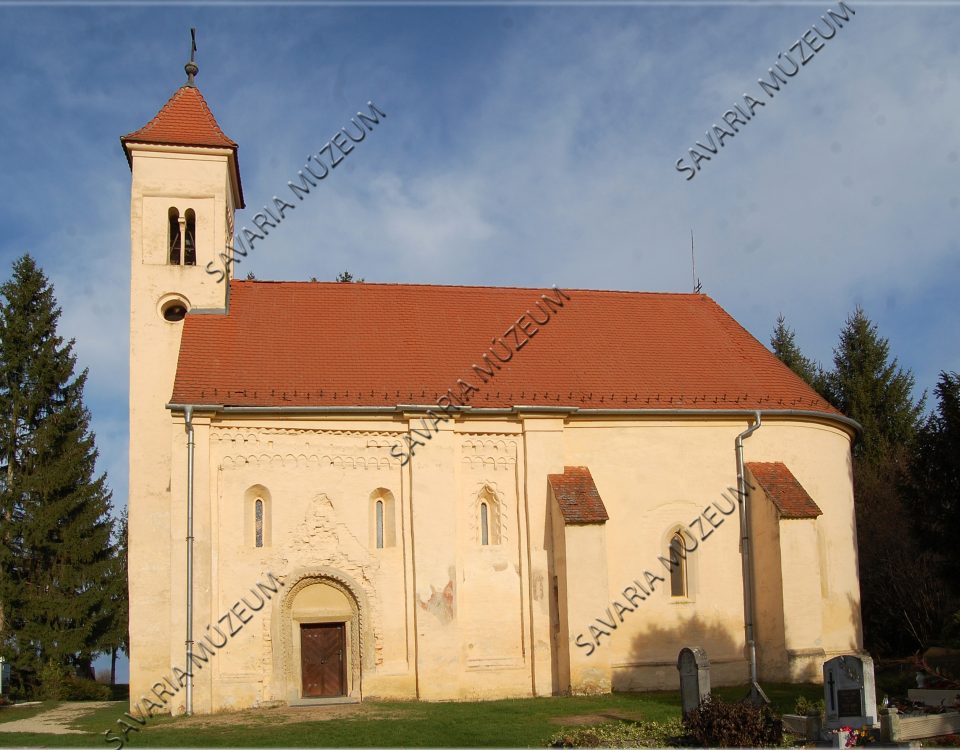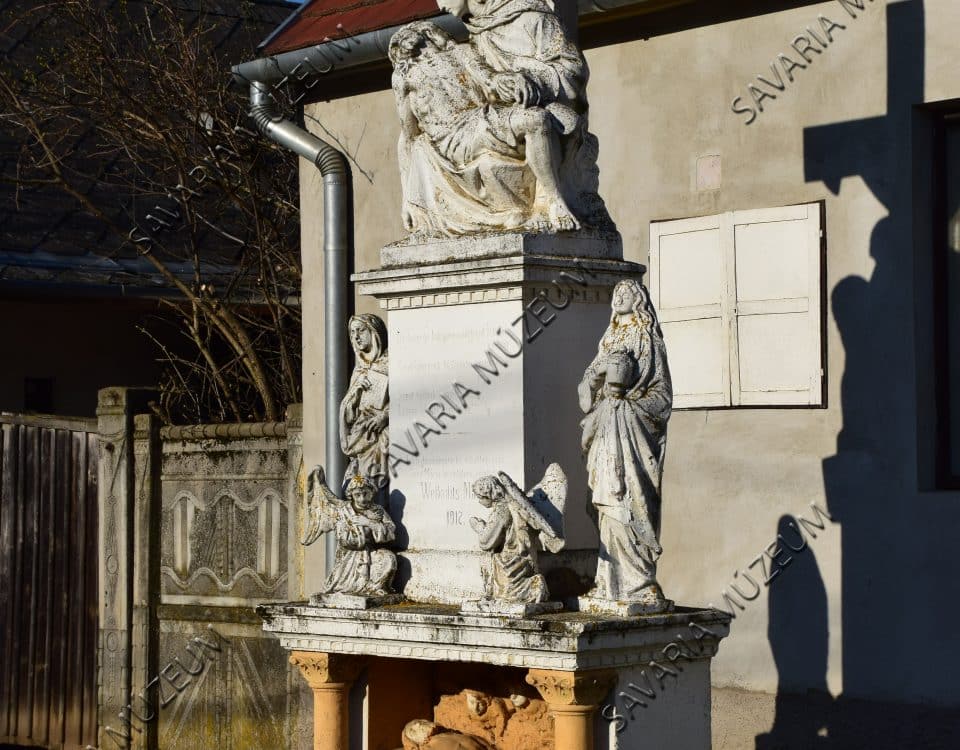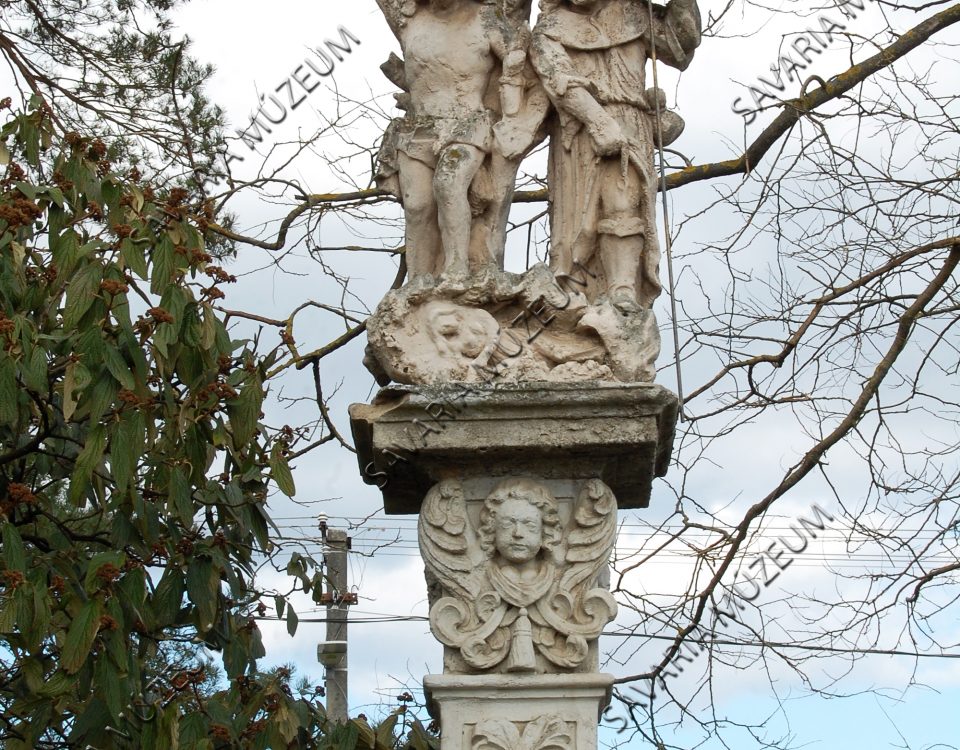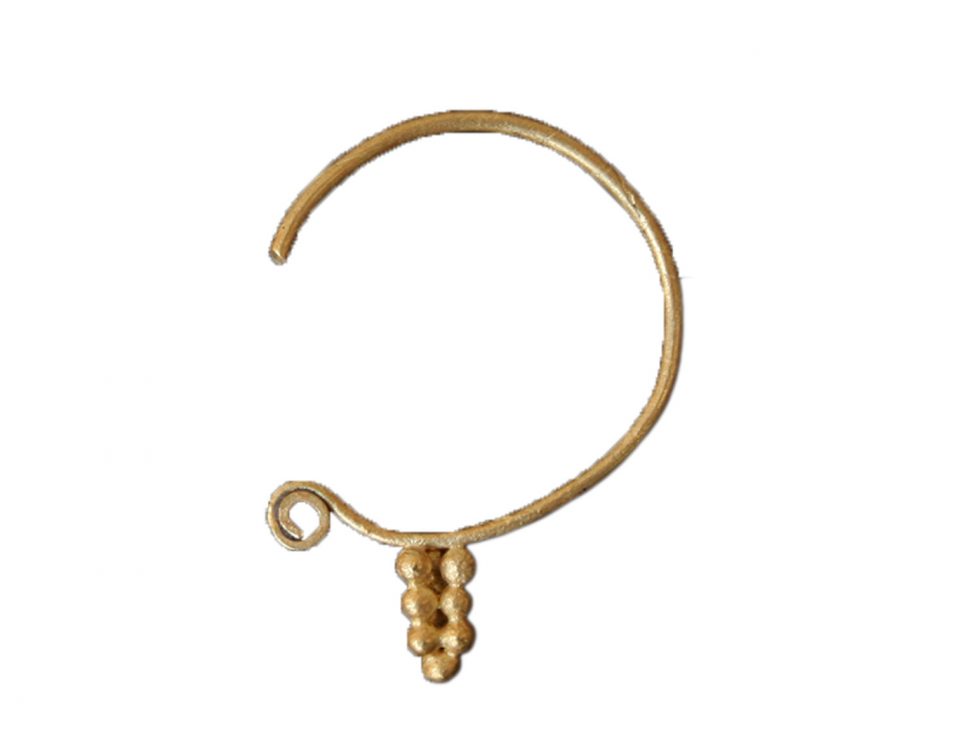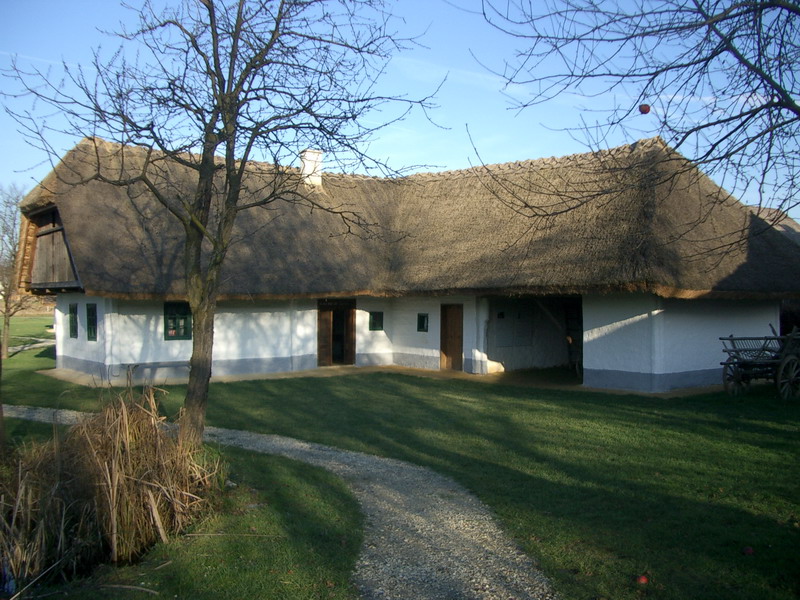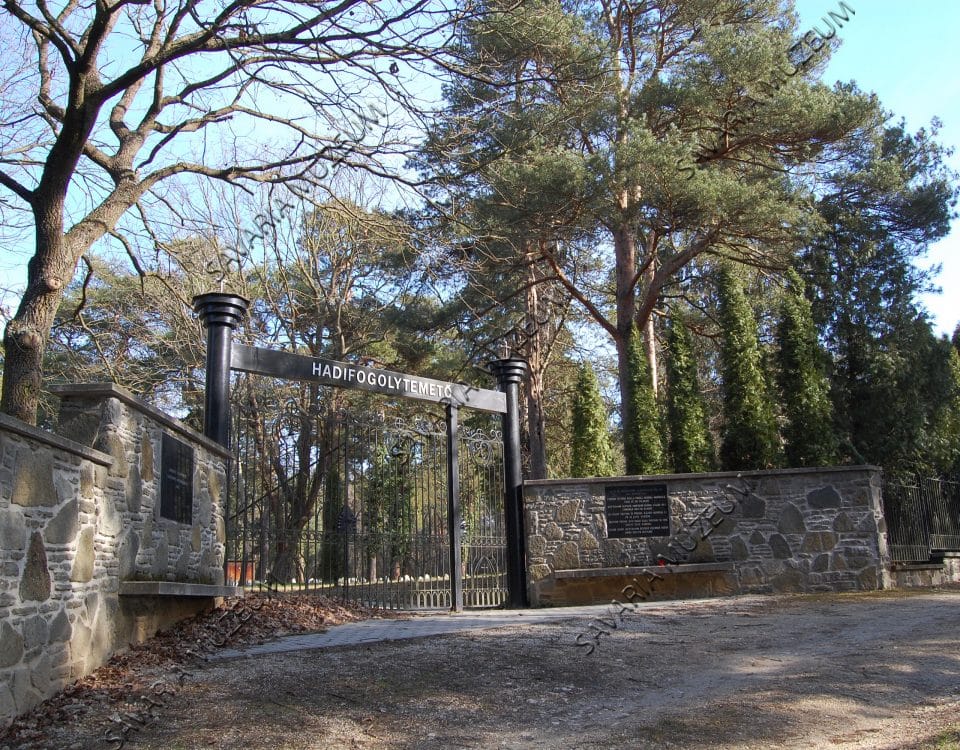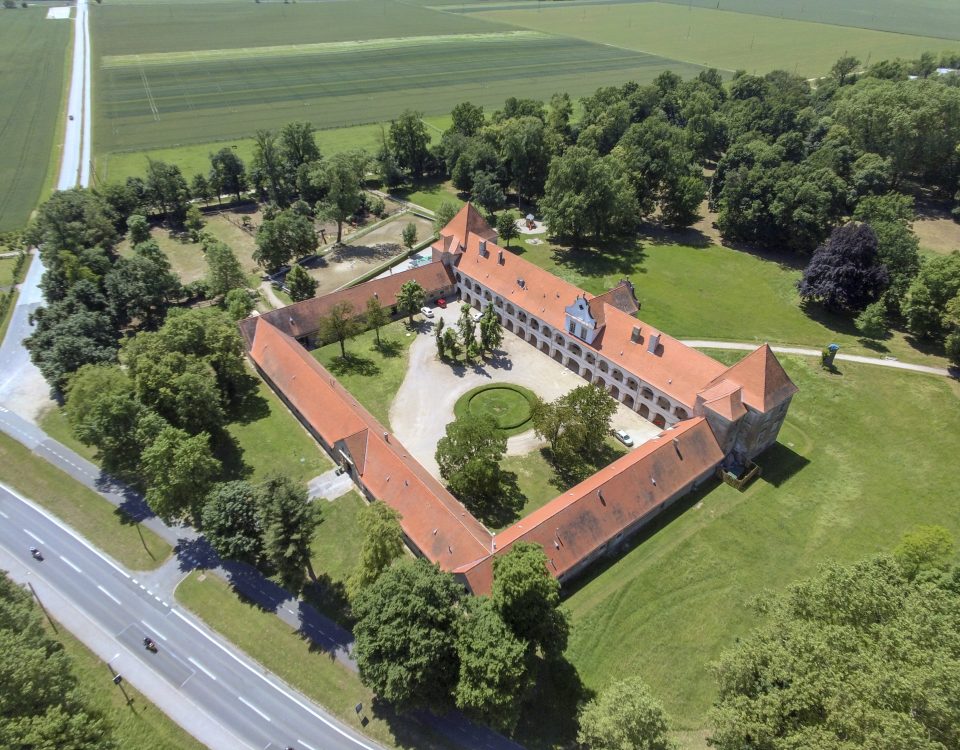This website uses cookies so that we can provide you with the best user experience possible. Cookie information is stored in your browser and performs functions such as recognising you when you return to our website and helping our team to understand which sections of the website you find most interesting and useful.
11. February, 2020
Murska Sobota’s Lutheran parish is one of the young parishes. Originally belonged to the Puconci parish, and it became an independent parish in 1900. The church was built in neo-Gothic style in 1910 by the Budapest-based architect Jenő Gerely, and in 2010 it was named after Martin Luther. The colorful rosette above the altar shows…
18. August, 2020
According to the decision of the Sopron National Assembly in 1681, Protestants were allowed to practice their religion, build churches and schools in two places in each county. These were the articular places: In Vas County: Nemescsó, Nemesdömölk. The German and Slovenian villages beyond the frontier zone also belonged to Nemescsó. The village had two…
18. August, 2020
Until the middle of the 18th century, the congregation of the Lutheran villages along Sorok Stream belonged to the articular church in Nemescsó. The Nemeskolta congregation became independent in the second half of the 18th century. Its first independent registry entry: November 9, 1783 Their church was completed a few years later, around 1786. The…
30. April, 2020
One-nave church with a small polygonal presbytery and onion dome with a western bell tower. Following Joseph II's edict of tolerance in 1781 – this church is one of the first three Lutheran parishes established in 1783 in Slovenia. The first worship was held on October 30, 1785, with the following passage: “Render to Caesar…
11. February, 2020
Following Joseph II's edict of tolerance in 1781, the region’s first Lutheran parish was established in Puconci on August 4, 1783. The first church was much smaller and more modest than the present one, and it was built on December 8, 1784, on a plot donated by Count Miksa Batthyány. It was named after Alexander…
18. August, 2020
The Lutheran prayer house was originally built as a school with a tower at its front.
11. February, 2020
The site is located on a flat area on a barely noticeable terrace, south of the Pince village, at the foot of Lendava Mountain. On the eastern side it extends to the Hungarian state border, in the west it is bordered by the Kis Creek. The site was discovered in 2004 and 2005 during the…
18. August, 2020
The present-day church was built between 1910 and 1912 following the plans of the architect László Takáts from Murska Sobota. The gothic church from the 14th century had already been demolished, with only the gothic presbytery and belfry remaining, the latter was elevated during the building of the new church. The new church is a…
14. May, 2020
In the Plese fallow, in Murska Sobota, a multi period archaeological site was found. The discovery unearthed debris from settlements from the Copper Age and, to a lesser degree, from the Bronze Age and the Modern Period. The biggest surprise was finding a burial site from the early Middle Ages (8th-10th century), with a new…
21. February, 2020
Built in the 13th century, the church is the oldest building in the village. It served as a fortress in the Middle Ages, surrounded by a still existing moat built in the 16th century. For a time it belonged to the Calvinists, and from 1730 it became a Catholic church again. Its interior walls are…
4. March, 2020
The Deposition statue is located on the top of the three-level statue. On the second level, there are two kneeling angels and two female figures at the column of the statue, the holy women going to the tomb of Jesus. At the very bottom there is Christ in the tomb with three angels floating above…
6. April, 2020
The Vassurány plague is known by the locals as the “Vendel kíptye”. Plague statue: St. Rosalia lies in a symbolic cave below the figures of St. Sebastian and St. Roch. The role of the saints defending against plague has become insignificant as the disease ceased and is not even recognized by today's generations. The veneration…
11. February, 2020
The Popava site is located in the northern part of Lipovci along the Prekmurje highway. The remains of settlements from several eras and an early medieval tomb have been uncovered. The place was a late Copper Age colony. Above-ground objects, dwelling pits, strata, and wells have been found that date back to the Lasinja culture…
11. February, 2020
The Filovci potters’ village, an open-air museum, was officially established in 2005. Its history goes back much further, to the potters who made their pots here in the Pannonian region, who are not known by name, and those who have been recorded in the archives since the 18th century and to those who still live…
21. February, 2020
One of the largest prison camps of the First World War in the Austro-Hungarian Monarchy was located here (1915-1918). The “barrack town” of 40-50,000 Serbian, Italian, Russian and Romanian prisoners of war has since disappeared without a trace, and is replaced by a forest. The memory of the camp's prisoners is preserved in the former…
11. February, 2020
The settlement was first mentioned in written sources in 1322 as Rekythe. Along the road or settlement there was a fortress in the Middle Ages, as a 1431 record testifies. The castle was constantly strengthened as it was an important defense point. The castle was fortified again during the Batthyány era, especially in the first…

